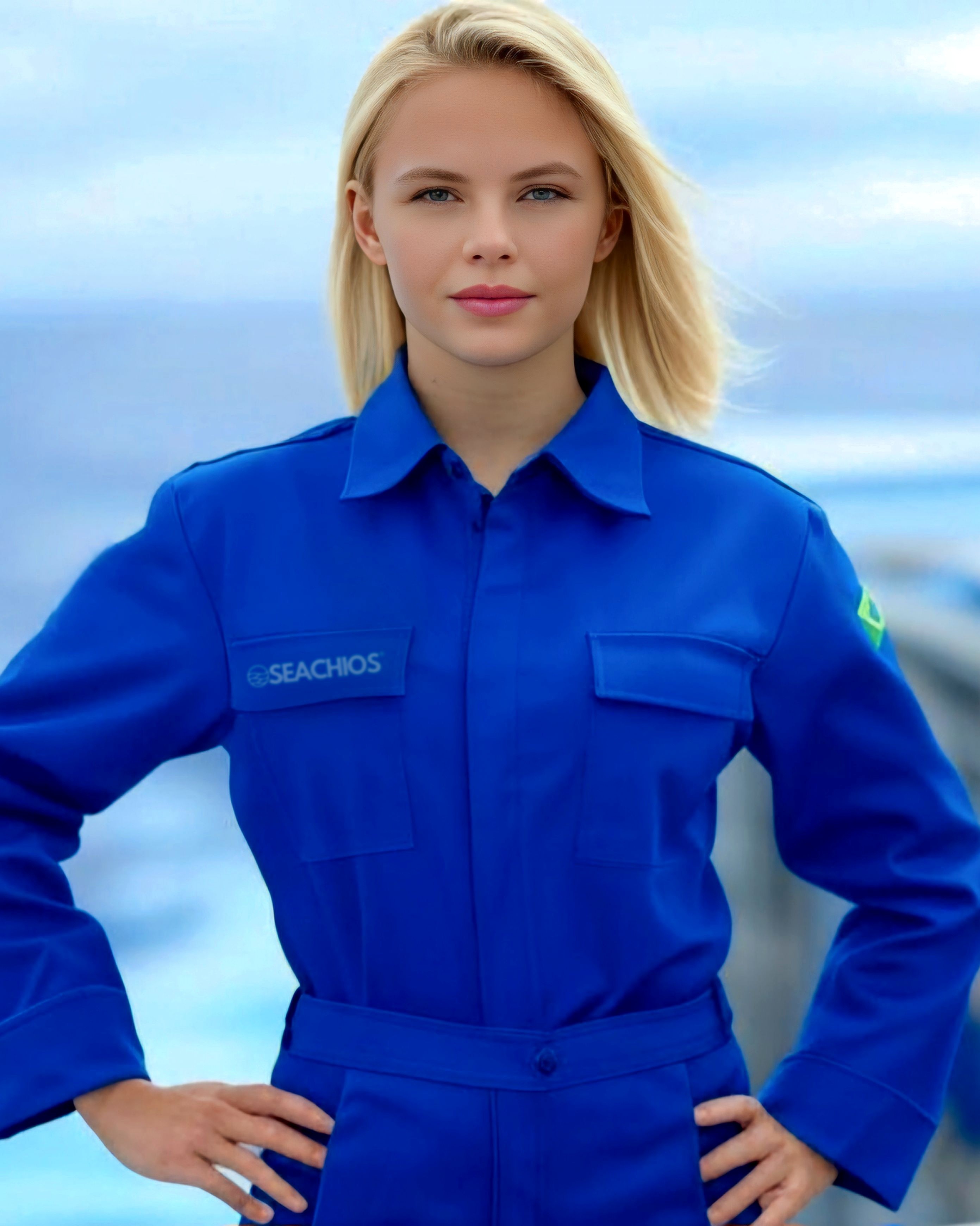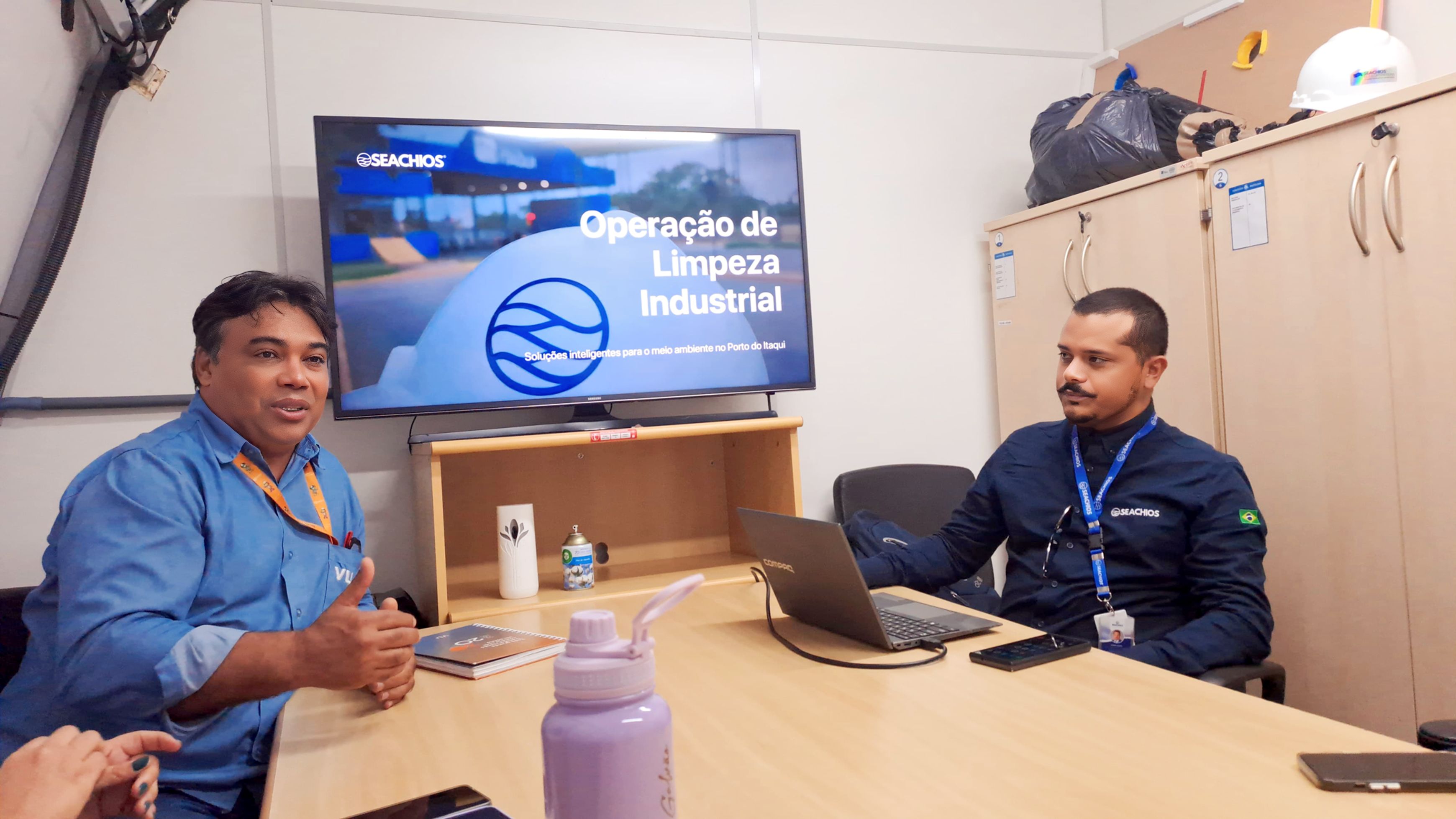Media and Press
Media and Press
Explore media, reports, maritime operations, and more.
Latest News
All
Media & Press
Maritime Insights
Maritime News
Search Article
Maritime Insights
Tank Cleaning Services for Maritime Efficiency and Compliance
March 1, 2025
Maritime News
Brazil’s Soybean and Corn Exports in 2025
February 28, 2025
Press Release
Seachios® Marine Services Launches Babassu Cultivation in Maranhão, Pledges 5% of Operation Revenue
February 25, 2025
Maritime Insights
Seachios®: 40+ Years of Industrial & Maritime Cleaning Excellence in Brazilian Ports
February 11, 2025
Maritime Insights
Expert Crew Services in Brazilian Ports
February 7, 2025
Press Release
Seachios® Secures Second Consecutive Contract with VLI Logística for Ship Loader Cleaning at Port of Itaqui
February 5, 2025
Latest News
All
Media & Press
Maritime Insights
Maritime News
Search Article
Maritime Insights
Tank Cleaning Services for Maritime Efficiency and Compliance
March 1, 2025
Maritime News
Brazil’s Soybean and Corn Exports in 2025
February 28, 2025
Press Release
Seachios® Marine Services Launches Babassu Cultivation in Maranhão, Pledges 5% of Operation Revenue
February 25, 2025
Maritime Insights
Seachios®: 40+ Years of Industrial & Maritime Cleaning Excellence in Brazilian Ports
February 11, 2025
Maritime Insights
Expert Crew Services in Brazilian Ports
February 7, 2025
Press Release
Seachios® Secures Second Consecutive Contract with VLI Logística for Ship Loader Cleaning at Port of Itaqui
February 5, 2025
Latest News
All
Media & Press
Maritime Insights
Maritime News
Search Article
Maritime Insights
Tank Cleaning Services for Maritime Efficiency and Compliance
March 1, 2025
Maritime News
Brazil’s Soybean and Corn Exports in 2025
February 28, 2025
Press Release
Seachios® Marine Services Launches Babassu Cultivation in Maranhão, Pledges 5% of Operation Revenue
February 25, 2025
Maritime Insights
Seachios®: 40+ Years of Industrial & Maritime Cleaning Excellence in Brazilian Ports
February 11, 2025
Maritime Insights
Expert Crew Services in Brazilian Ports
February 7, 2025
Press Release
Seachios® Secures Second Consecutive Contract with VLI Logística for Ship Loader Cleaning at Port of Itaqui
February 5, 2025

Get In Touch With Our Maritime Services
Let’s navigate your path to operational excellence. Contact us today to discover how Seachios® Marine Services can optimize your fleet’s performance with tailored maritime solutions.

Get In Touch With Our Maritime Services
Let’s navigate your path to operational excellence. Contact us today to discover how Seachios® Marine Services can optimize your fleet’s performance with tailored maritime solutions.

Get In Touch With Our Maritime Services
Let’s navigate your path to operational excellence. Contact us today to discover how Seachios® Marine Services can optimize your fleet’s performance with tailored maritime solutions.





